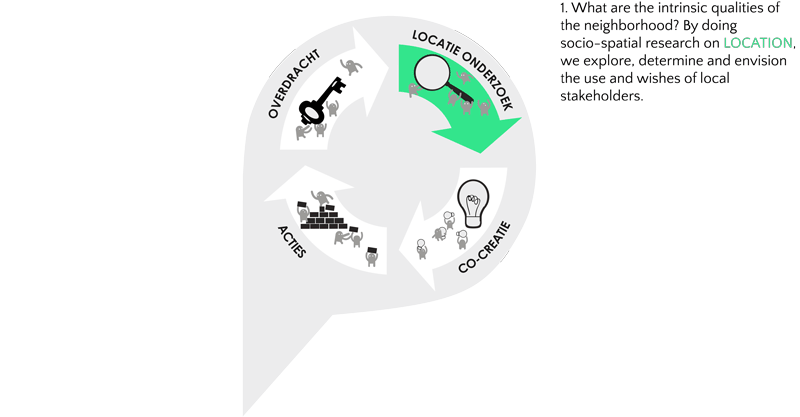
For over 10 years, Placemakers has applied new forms of participation and co-creation in urban development projects, at various scales. Through research, the activation of residents and areas and consultancy for government, civil society, housing corporations and developers.
Placemaking is a philosophy and method that involves local residents, entrepreneurs and organizations in the development of their daily environment. Users of public space are considered experts with valuable knowledge and qualities that can be capitalized upon in an urban development process. This doesn’t only result in higher quality and actively used public spaces, but also leads to social benefits such as network building and an increased sense of ownership and responsibility of neighborhoods.
Placemaking is extremely context specific, presents itself in many different forms and may be implemented at various stages of an urban development process. Placemakers however always operates with the methodology above in mind, and according to the following core values:
- Inclusive: everyone can participate.
- Connected: we work towards connections between people, and between people and space.
- Local: existing qualities of an area and local knowledge are essential starting points (tabula scripta).
- Social-spatial: the city is both a social and a physical organization, which are dialectically related.
- Organic: placemaking is never truly finished, rather it is flexible and adaptive to changing circumstances and evaluation results.
- Sustainable: we create the conditions and transfer tools and skills to ensure that placemaking is of long term local value.
